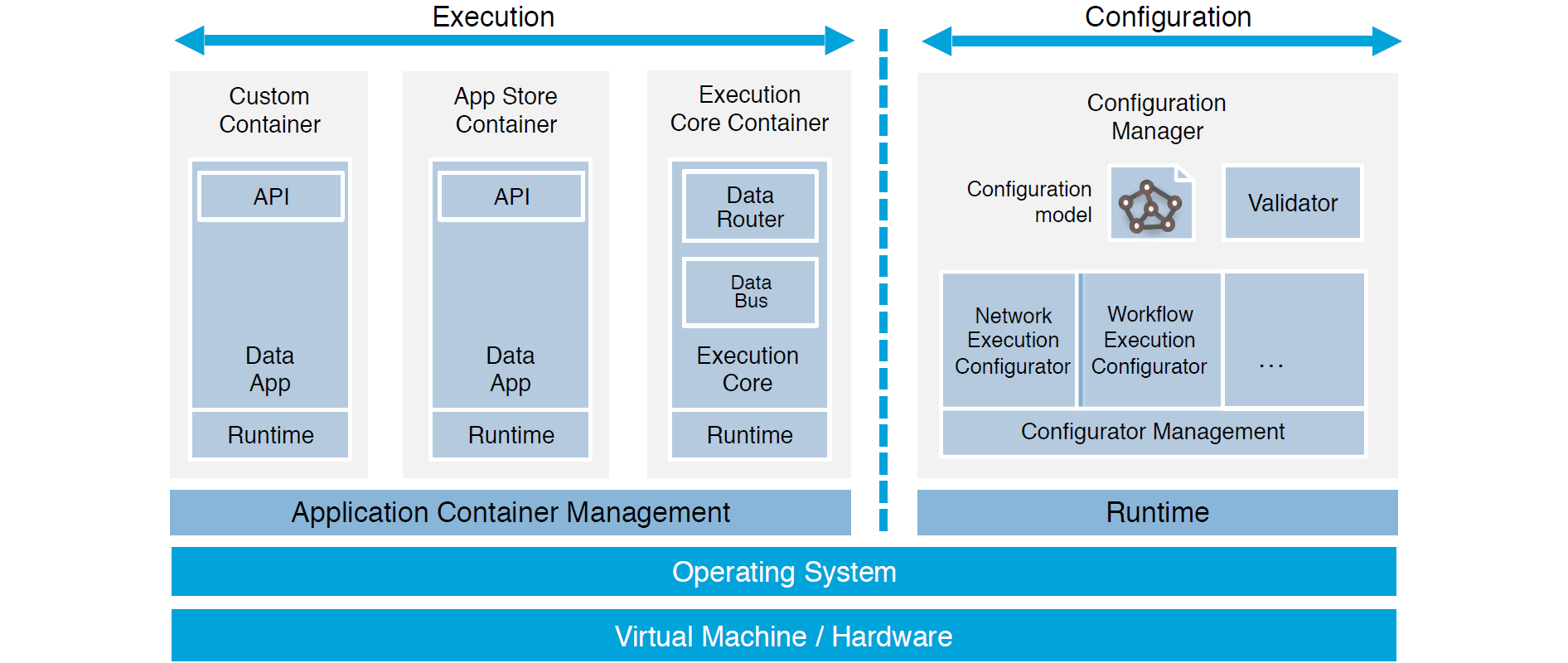Introduction
New to IDS? Get a short introduction and some information about the IDS Connector at a glance.
The IDS Connector is the core of the data space. Is the gateway to connect existing systems and their data to an IDS ecosystem. Its architecture and functionalities are defined by the IDS Reference Architecture Model (RAM) and specified by the certification criteria.
The IDS Connector allows to exchange data and enrich it with metadata. An important aspect of this are usage conditions, which can be defined, administrated, and implemented by the Connector. The metadata is described by the ontology of the IDS Information Model. The main advantage of the IDS reference architecture and the use of an IDS Connector is the decentralized data storage. This enables data integration from different data sources and allows data access exclusively through other IDS Connectors. Thus, a technical implementation of data sovereignty is guaranteed.

An IDS Connector is composed of various system services:
- Execution core container with message systems (message router/bus)
- Configuration Manager to configure the Connector (execution core container, application container management, network, firewalls, etc.)
- Data Apps for data processing and handling
- Application container management
- Hardware/Operating system
Primarily to establish trust, the IDS Connector also addresses Application Container Management, Network, OS, Hardware, etc. Furthermore, trust between different IDS participants is ensured by certifying the software components used, i.a. the IDS Connector. Thereby, three different trust levels are defined: base, trust, and trust+. All profiles comprise IDS-specific requirements and some from Secure Development and the DIN standard for IT security for industrial automation systems (DIN EN IEC 62443-4-2). Details are listed here.
Reference Implementation
The Dataspace Connector is one of several implementations of an IDS Connector. It is the reference implementation of the data economy departement of the Fraunhofer Institute for Software and Systems Engineering (ISST). It is maintained as an open source software project on GitHub, supported and promoted by the International Data Spaces Association (IDSA).
In addition to the project, other components are also being developed open source. For example, the Dataspace Connector GUI provides a user-friendly interaction with the Connector’s REST API. Find more details here.
The Dataspace Connector is designed to provide an easy entry point into the IDS Ecosystem, enabling projects and companies to connect to data spaces and exchange data in a sovereign way. Thereby, the defined usage policies are not only transferred between the IDS participants, but also directly enforced. How the architecture is designed can be seen here.